
Masayuki Fukasawa
@masayukifukasawaBorn on November 22, 1965, in Numazu City, Shizuoka Prefecture, Japan. In 1992, he went to Brazil for the first time and worked as an intern at Paulista Shimbun (Japanese newspaper in Brazil). In 1995, he went back to Japan and worked with Brazilians at a factory in Oizumi-machi, Gunma Prefecture. He wrote a book, Parallel World (Ushio Publishing) about his experiences there and received Ushio Nonfiction Award in 1999. He returned to Brazil in 1999. Beginning in 2001, he worked at Nikkey Shimbun and became the editor-in-chief in 2004. He has been an editor-in-chief of Diário Brasil Nippou since 2022.
Updated January 2022
Stories from This Author
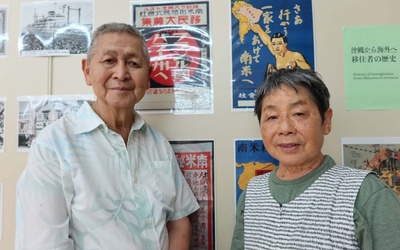
Kaoru Higuchi, a former immigrant to Brazil and resident in Los Angeles, is a photographer at Jornal do Brasil.
Jan. 25, 2023 • Masayuki Fukasawa
On November 3rd during the 7th Worldwide Uchinanchu Festival, the "Nahato Comes to Machigwa: Global Uchinanchu and Machigwa Exhibition" was being held at the former Zakkabu section of Heiwa-dori Shopping Arcade in Naha City. I spoke to an elderly Japanese couple who were intently looking at the Brazilian immigrant exhibit, and it turned out they were former Brazilian immigrants. "You're a reporter for a Japanese-language newspaper from Brazil? I used to be a cameraman for Jornal do Brasil. Nakazawa Koichi …
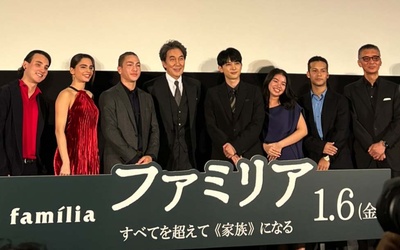
Commonalities between the films "Gaijin" and "Familia"
Jan. 11, 2023 • Masayuki Fukasawa
"Gaijin" depicts Brazilian society through the eyes of Japanese immigrants "It's like a story that transposes the hardships of Japanese immigrants in Brazil to modern Japan," I thought after watching the online preview of the movie "Família" (directed by Izuru Narushima, distributed by Kino Films). It has been showing at Shinjuku Piccadilly and other theaters nationwide since January 6th. Unfortunately, it cannot be seen outside of Japan. The film is a solid human drama in which the well-known actors Koji …
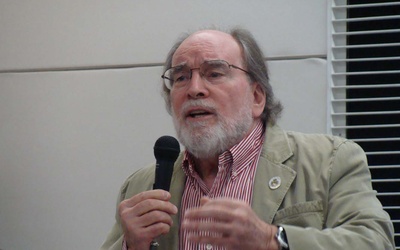
Revival of the Ryukyu Diplomacy through Uchinanchu Abroad! Alternatives to the Issue of Relocation of the US Military Base to Henoko—Part 2
Sept. 2, 2022 • Masayuki Fukasawa
Thousands of People from Brazil and Hawaii Gather for This Huge Event The next thing I think of after Mr. Shimoji announcing his candidacy for the contentious governor’s election centering around the Henoko Base issue, is a fresh and new strategy involving Nikkei. In late October of 2022, Naha will host the 7th Worldwide Uchinanchu Festival. The networks built here have enabled a plan to gather voices from the American Uchinanchu community to voice opposition to the Henoko issue. Once …

Revival of the Ryukyu Diplomacy through Uchinanchu Abroad! Alternatives to the Issue of Relocation of the US Military Base to Henoko—Part 1
Sept. 1, 2022 • Masayuki Fukasawa
Announcing One’s Candidacy at the White House on a Whim? Shimoji Mikio (from Okinawa, 60 years-old, previous member of the House of Representatives, former Postal Service Privatization & Disaster Management Minister) announced his candidacy for the Okinawa Prefectural Governor election on July 13 by traveling to Washington D.C. in the United States of America, and stating the following: “The reason why I’m announcing my candidacy in front of the White House is: Okinawa’s post-war fate was decided by the White …

Acrobats who Performed in South America in the Early Meiji Period: Who Was the First Japanese to Reside in Brazil?—Part 2
Jan. 25, 2022 • Masayuki Fukasawa
Read Part 1 >> Performing in Sao Paulo in May 1873? They performed in Uruguay in January and February of the year 1873 (Meiji 6), and at the then Colón Theatre in Buenos Aires in Argentina in the following March as well. Unfortunately, I haven’t been able to find anything on the Brazilian National (Digital) Library site no matter how many times I search by the word “Satsuma.” However, when I searched by “japonesa,” I came across the paper Correio …
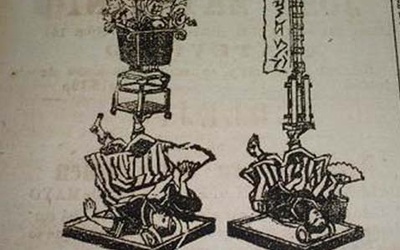
Acrobats who Performed in South America in the Early Meiji Period: Who Was the First Japanese to Reside in Brazil?—Part 1
Jan. 24, 2022 • Masayuki Fukasawa
The first Japanese to step foot in Brazil were the four castaways on Wakamiya-maru who arrived at Santa Catalina Island in 1803 by Russian warship. But they simply passed by. The first Japanese to land on Brazil at the end of the Tokugawa shogunate were Takeaki Enomoto and other members who were sent abroad on Kaiyo-maru as shogunate students. On October 25, 1866, they left the port in the Netherlands, passed through Rio de Janeiro, and returned home at the …
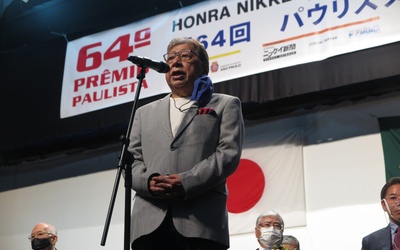
Brazil's Nikkei Shimbun to cease publication in December - President Raul Castro, who supported the Japanese language newspaper for 40 years - Part 2
Dec. 1, 2021 • Masayuki Fukasawa
Read Part 1 >> A second-generation CEO who pioneered the Portuguese-language newspaper market When it comes to the domestic Brazilian market, the key to a newspaper's survival is revitalizing its Portuguese-language pages. The first Portuguese language magazine, Revista Arigatô, created by Paulista Newspaper (then president Paulo Ogawa), ceased publication in 1987. It was a groundbreaking initiative at the time, but it was not profitable. Meanwhile, the Nihon- Brazilian Daily Newspaper (Nihon-Brazilian Daily Newspaper) began publishing a Portuguese supplement, Página Um, …

Brazil's Nikkei Shimbun to cease publication in December - President Raul Castro, who supported the Japanese language newspaper for 40 years - Part 1
Nov. 30, 2021 • Masayuki Fukasawa
On page 2 of the November 18, 2021 issue of the Nikkei Shimbun, President Raul Takagi announced that the newspaper would cease publication with the December 18 issue. It is unfortunate, but the newspaper (Nikkei Shimbun) will close in just one month. When we asked Kazusuke Shiraishi, former president of the Noroeste United Japan-Brazil Cultural Association, for his comment on this, he reaffirmed the value of Japanese-language newspapers, saying, "We would be really in trouble if newspapers disappeared. If we …
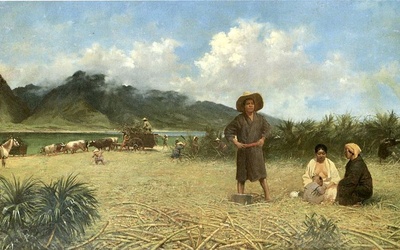
The History of Japanese Immigration to Hawaii and Its Connection with Brazil - Part 2
Aug. 25, 2021 • Masayuki Fukasawa
Read Part 1 >> There were also Japanese people who had been living in the area since before the Gannenmono One thing I found interesting while reading "History of Immigration to Hawaii" was the passage that states that when the first Japanese immigrants to Hawaii, the "gannenmono," arrived in Honolulu in 1868 (the first year of the Meiji era), there were already three Japanese people living there. A letter from Makino Tomisaburo, one of the 150 Gannenmono, announcing his safe …
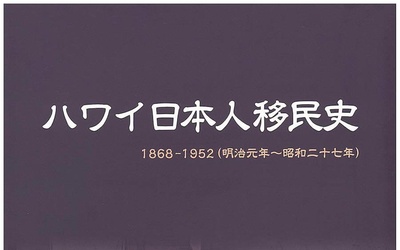
The History of Japanese Immigration to Hawaii and Its Connection with Brazil - Part 1
Aug. 24, 2021 • Masayuki Fukasawa
Suddenly, a friend in Japan sent me a copy of “History of Japanese Immigration to Hawaii 1868-1952” (published in 2020 by Kawasaki Hisashi, Director of the Hawaii Immigration History Museum, Nihoshimamura, 3,800 yen, hereafter referred to as “History of Japanese Immigration to Hawaii”). I was surprised because I thought postal services between Japan and Brazil had been suspended since April last year. It seems that some services have resumed. However, I sent it by SAL in February and it arrived …
 We’re looking for stories like yours!
Submit your article, essay, fiction, or poetry to be included in our archive of global Nikkei stories.
Learn More
We’re looking for stories like yours!
Submit your article, essay, fiction, or poetry to be included in our archive of global Nikkei stories.
Learn More
New Site Design
See exciting new changes to Discover Nikkei. Find out what’s new and what’s coming soon! Learn More
Discover Nikkei Updates
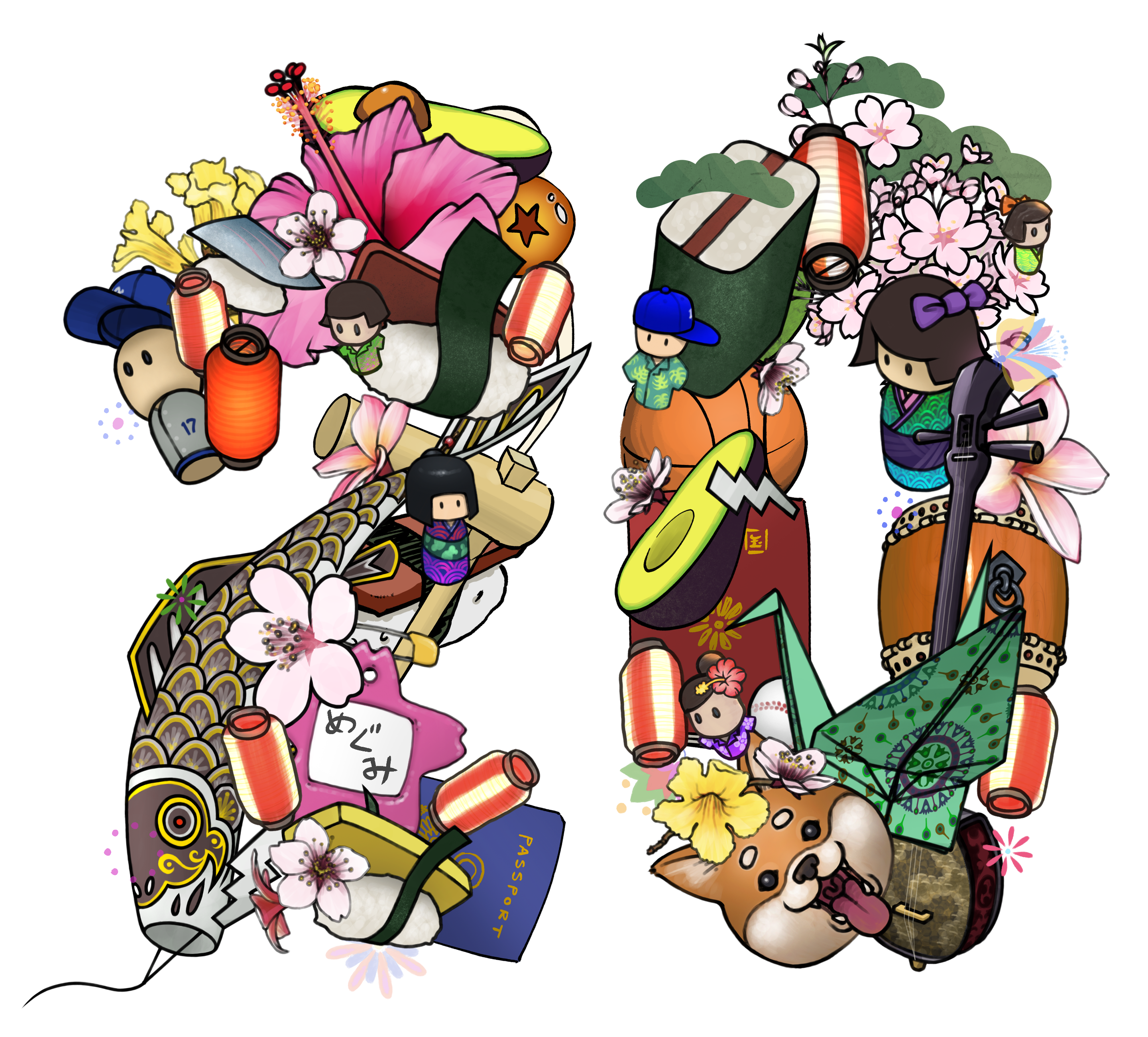
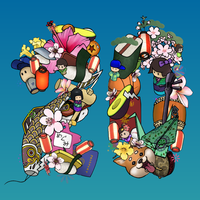

See exciting new changes to Discover Nikkei. Find out what’s new and what’s coming soon!




